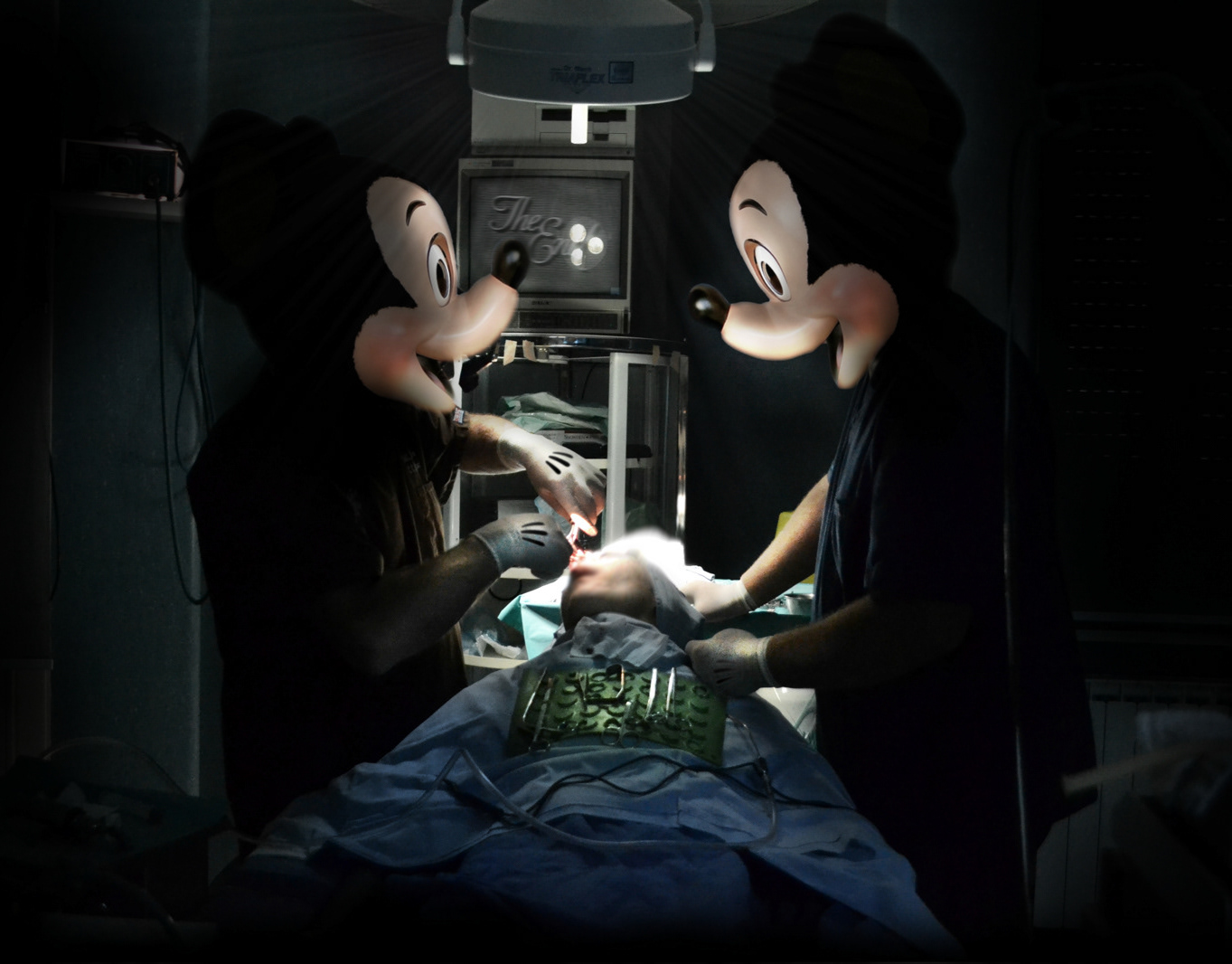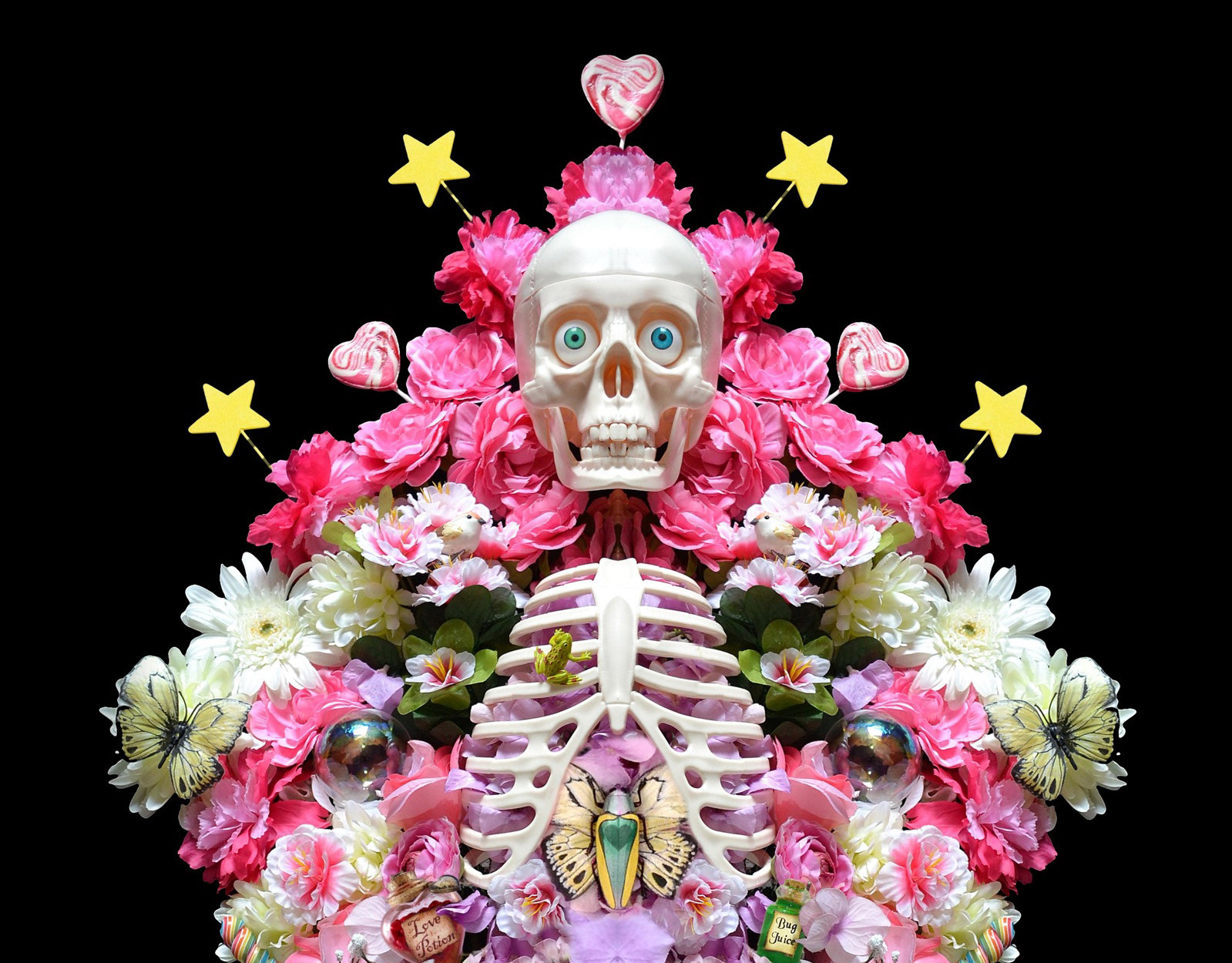THE LOST VENUS
The Lost Venus is a powerful visual statement against female genital mutilation (FGM). Created at the request of the Italian Society of Plastic, Reconstructive and Aesthetic Surgery (SICPRE), the work serves as a symbolic centerpiece for the international summit dedicated to ending FGM.
A faceless doll stands reflected in mirrors, appearing to hold hands with others. In truth, she is alone. This optical illusion — one figure multiplied into infinity — evokes the silent, shared trauma of millions of women worldwide. The image is both a personal portrait and a collective outcry.
The Lost Venus is produced in a limited edition, and each year a copy is donated to summit speakers in recognition of their support and commitment to the cause.
The work has been exhibited at the Italian Senate, Palazzo Isimbardi in Milan, and featured in Don’t Drag Me Down at the Koehnline Museum of Art (USA). The summit is sponsored by ActionAid, UNHCR, and SICPRE, and held in collaboration with Università di Napoli Federico II, Università di Padova, and Università di Palermo.
With its glossy, hyperreal aesthetic and haunting symbolism, The Lost Venus confronts systemic violence while reclaiming visual space for resilience and remembrance.
“FGM is not just a physical violence — it’s a legacy of female subjugation rooted in patriarchy. Inspired by Dottoressa Stefania De Fazio’s tireless advocacy, I created The Lost Venus to stand in solidarity with every woman and girl still denied autonomy. Ending this cruelty requires all of us — regardless of gender — to speak out and act.”
For deeper insights, please watch this video discussion with Dottoressa Stefania De Fazio, President of SICPRE and Plastic Surgeon, where she talks about the symbolism of The Lost Venus and the importance of continuing to raise awareness about FGM.
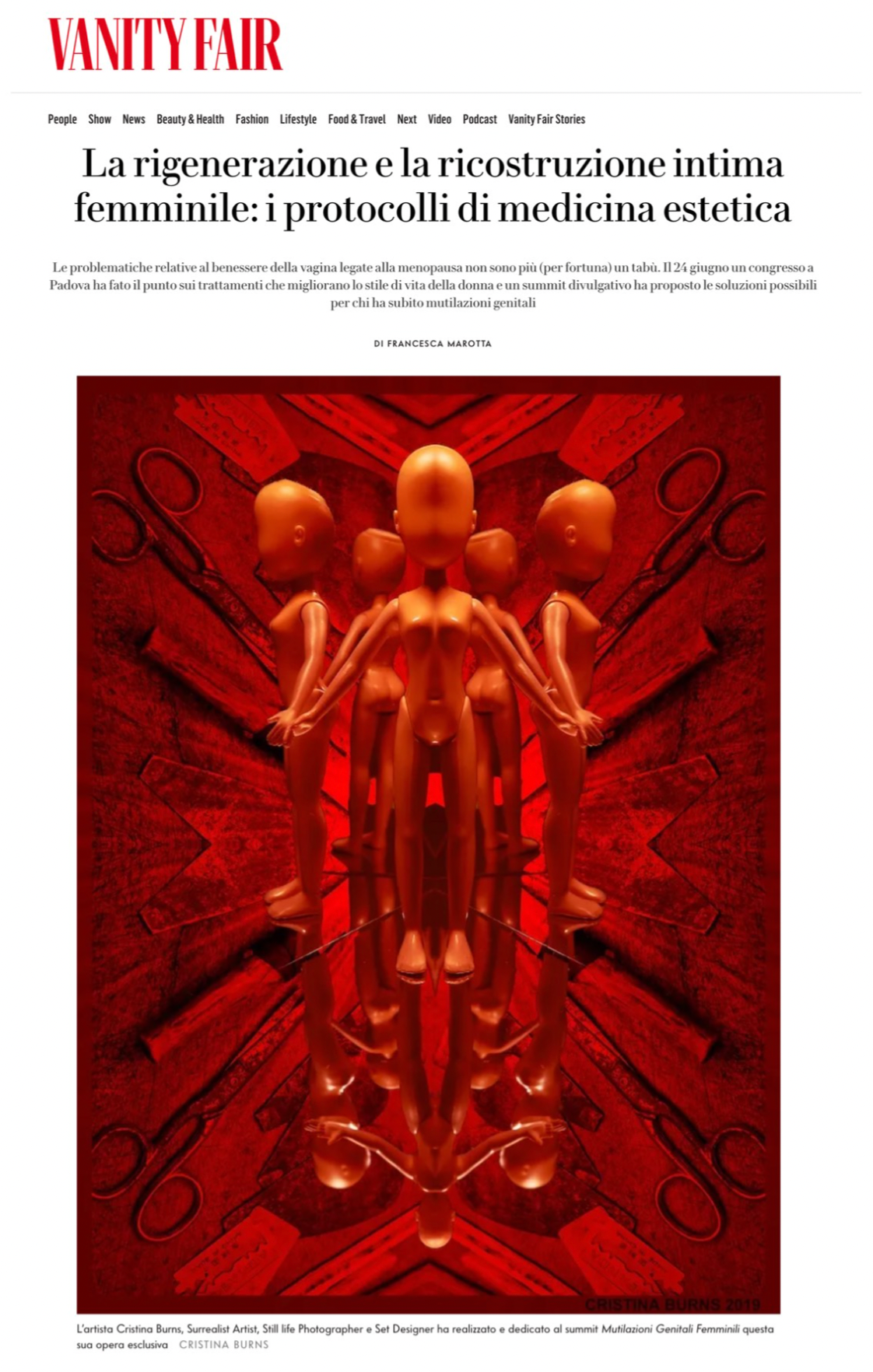
Article on Vanity Fair

University Federico II Naples
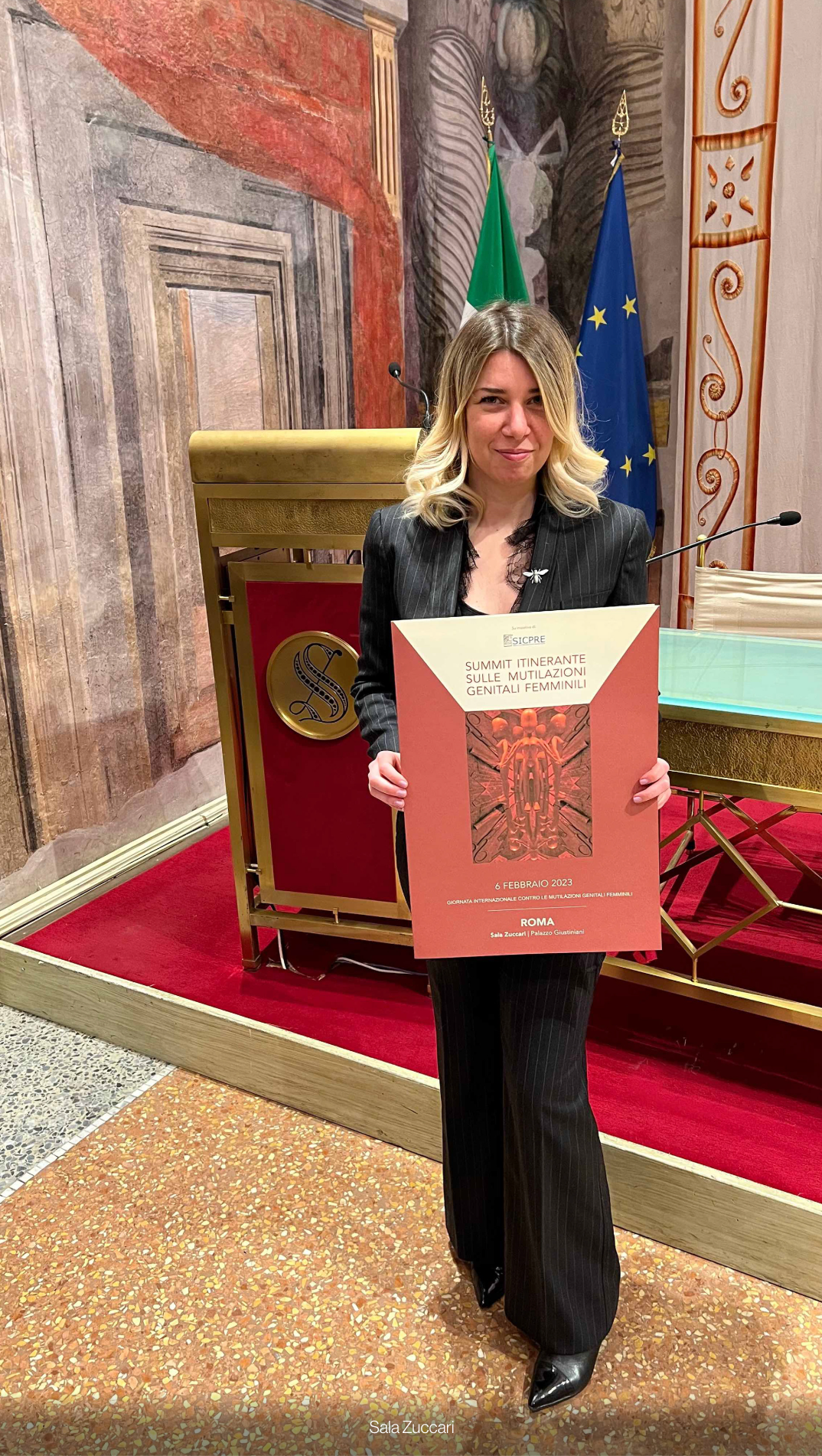
Cristina Burns at the Italian Senate
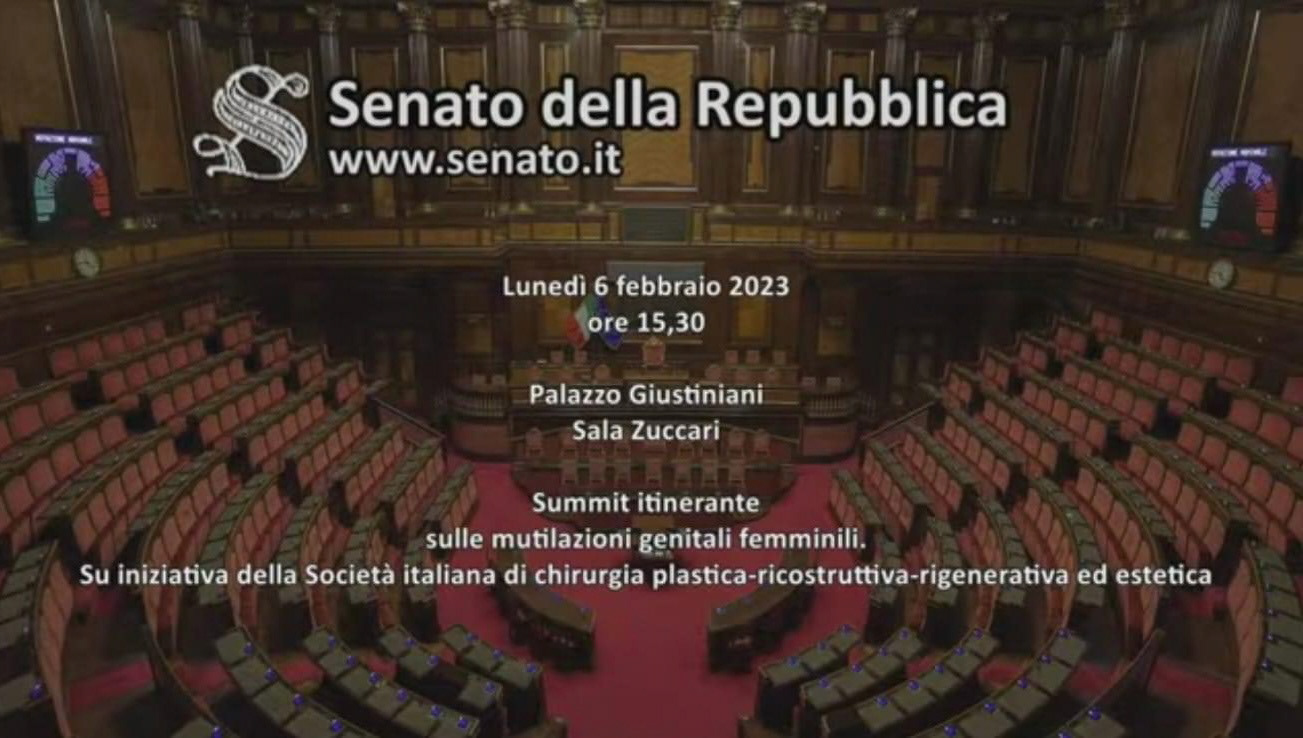
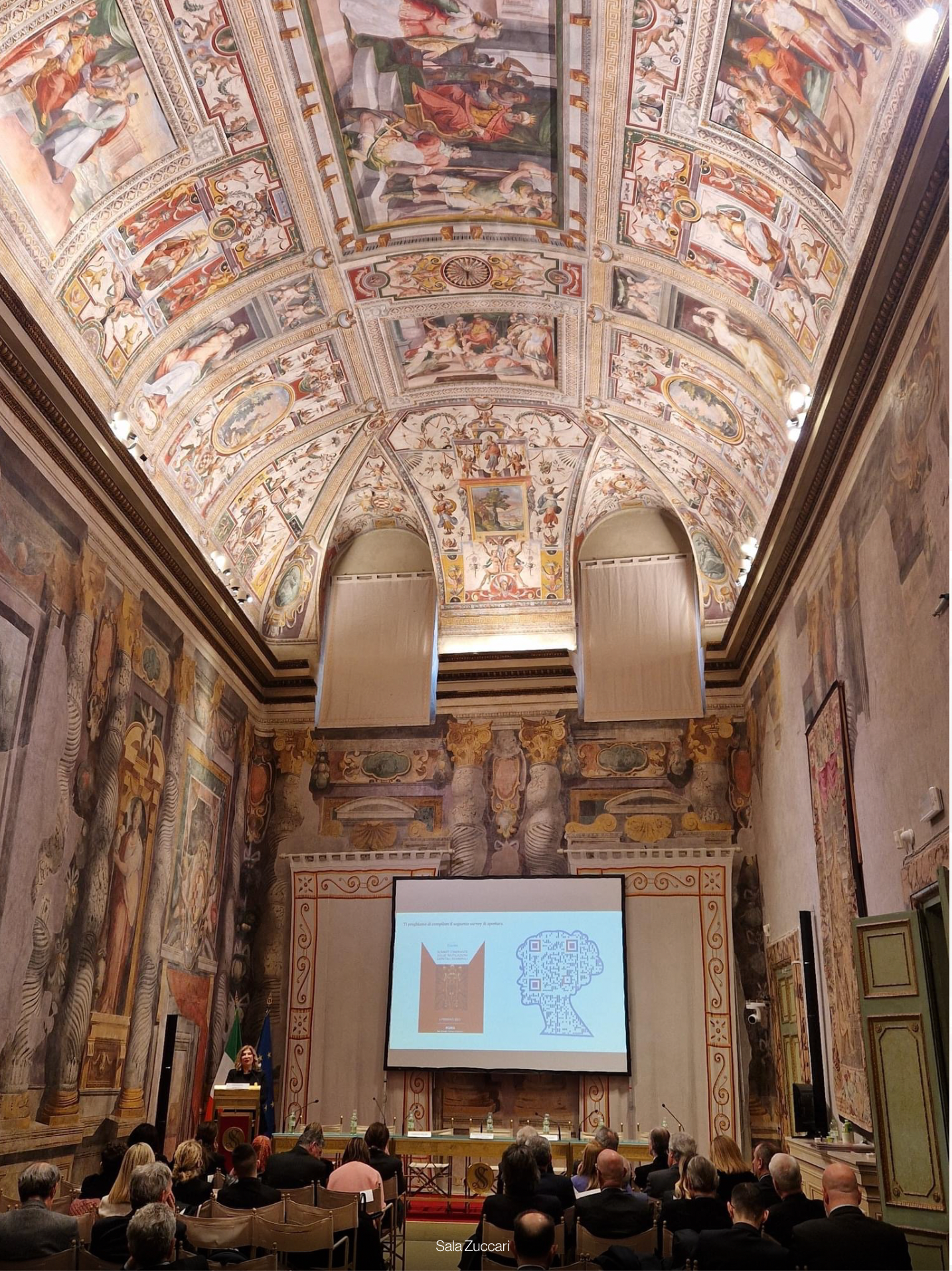
Italian Senate
Related Articles and Resources






